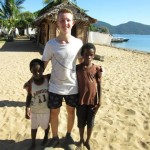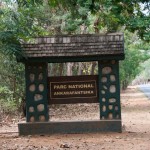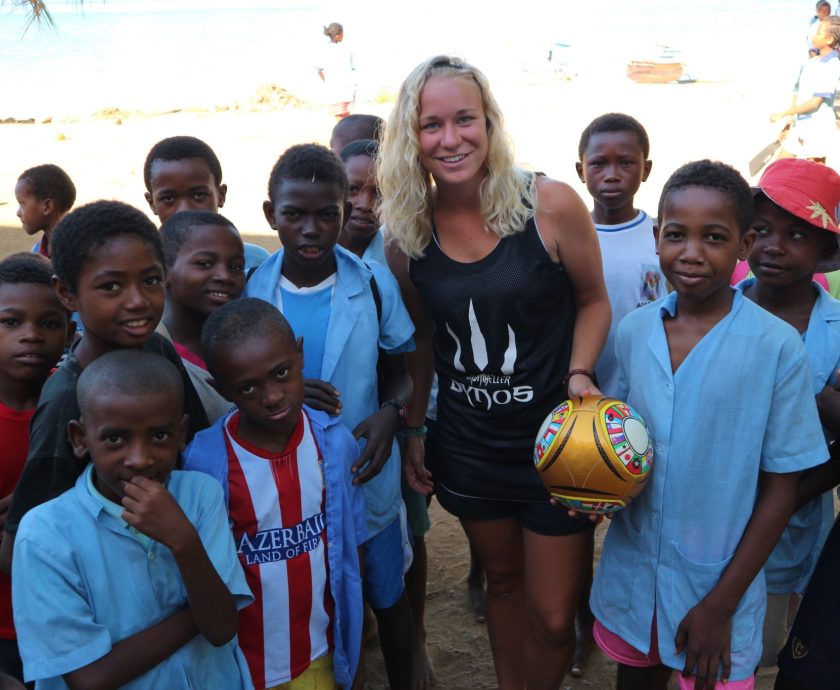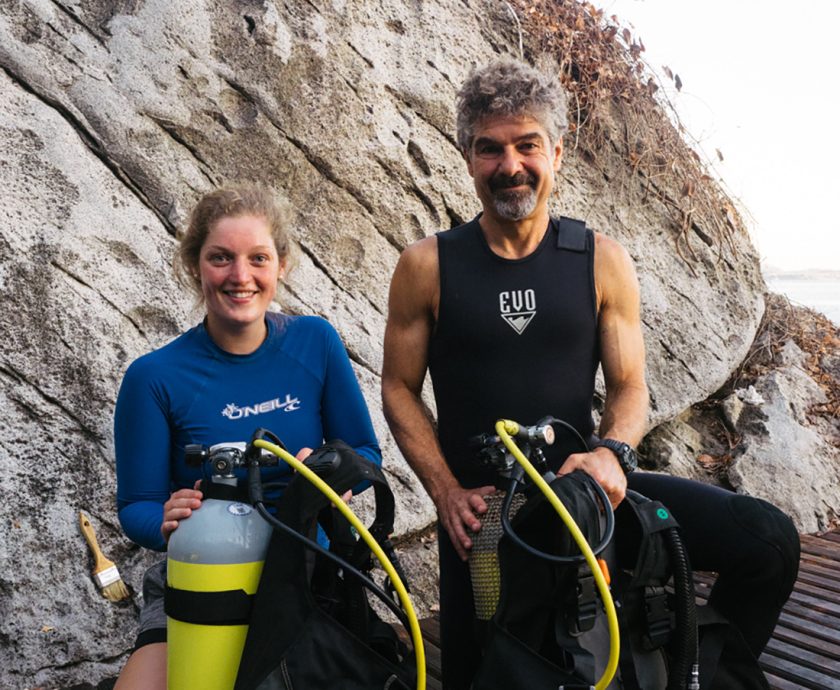Volunteers participating in either the Forest Conservation Volunteer Programs or Teaching Volunteer Programs will spend 5 days visiting the Ankarana Forest Reserve in Northern Madagascar as part of their adventure tour.
The reserve’s southern entrance is situated in Mahamasina, about 108 kilometres south-west of Antsiranana and about 29 kilometres north-east of Ambilombe. There is also a second entrance near Amboandriky but a 4×4 is required to reach it. Access to the third entrance near Matsaborimanga is very difficult.
The reserve is a small, partially vegetated plateau made up of 150 million year old Jurassic limestone and was created in 1956. The limestone is prone to erosion, causing it to produce both underground rivers (some of which contain crocodiles) and caves. The canyons are forested with dry, deciduous vegetation, many species of which are endemic to the reserve only.
In the west, the plateau ends abruptly in what is known as the “Wall of Ankarana”, a sheer cliff that extends 25 kilometres north to south and rises as high as 280 metres. In the south, the limestone breaks up into separate spires known as tower karst. The harder base rock has been etched into channels and ridges at some places, known as astsingy. The reserve is also home to the Mangily sinkhole which is up to 700 metres across and 140 metres deep with a volume of 25 million m³.
About 100 kilometres of cave passages have been mapped within the plateau. La Grotte d’Andrafiabe is one of the most accessible caves and on its own, comprises at least 8.035 kilometres of horizontal passages. Not only is the cave system here the longest in Madagascar, but possibly also in the whole of Africa.
The diverse wildlife can be viewed by either hiking or 4×4 drive vehicles which can access most of the campsites. Below the plateau, a grassy plain leads to the Indian Ocean.
Visitors to the forest can expect to see various mammals including the fossa, fanaloka, northern ring-tailed mongoose, numerous species of bats and, of course, several different lemurs. According to Bradt’s Madagascar Wildlife, it may be that Ankarana has the highest density of primates in any forest in the world.
Reptiles in the area include various geckos, the Madagascan ground boa and various chameleons which include the world’s largest chameleon, the Oustalet’s chameleon (which can reach 60 centimetres in length).
Bird lovers; be sure to look out for the endangered Madagascan fish eagle. The reserve is also home to several endemic bird species including the Madagascan pygmy kingfisher, Madagascan green pigeon, the greater vasa parrot and 15 of the 16 vanga species. Also look out for raptors such as the Madagascan scops owl and the Madagascan Harrier-hawk.
In the 1980s, expeditions to the reserve started cataloguing the various plants and animals, including fossils of several extinct large lemurs, amongst others. Bird lists were also collated and an interesting aspect of the behaviour of insect eating birds in the reserve was noted. It was reported that several species of these small insect eating birds foraged together in mixed groups. Within each group, the different species would then specialise in how and where they sought their prey. Some species focused on slender branches, others on the trunks. Working together also seems to have provided them with greater protection from their predators.
With so much to see and do in the reserve, the adventure tour is sure to become one of the highlights of your volunteering experience in Madagascar.






